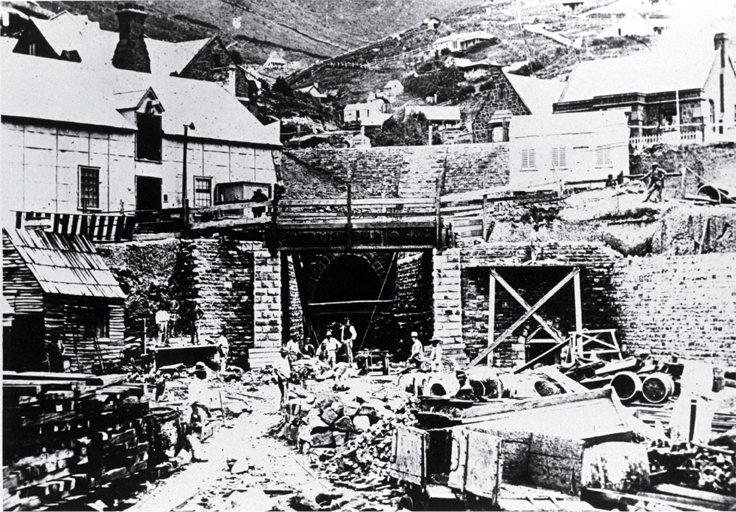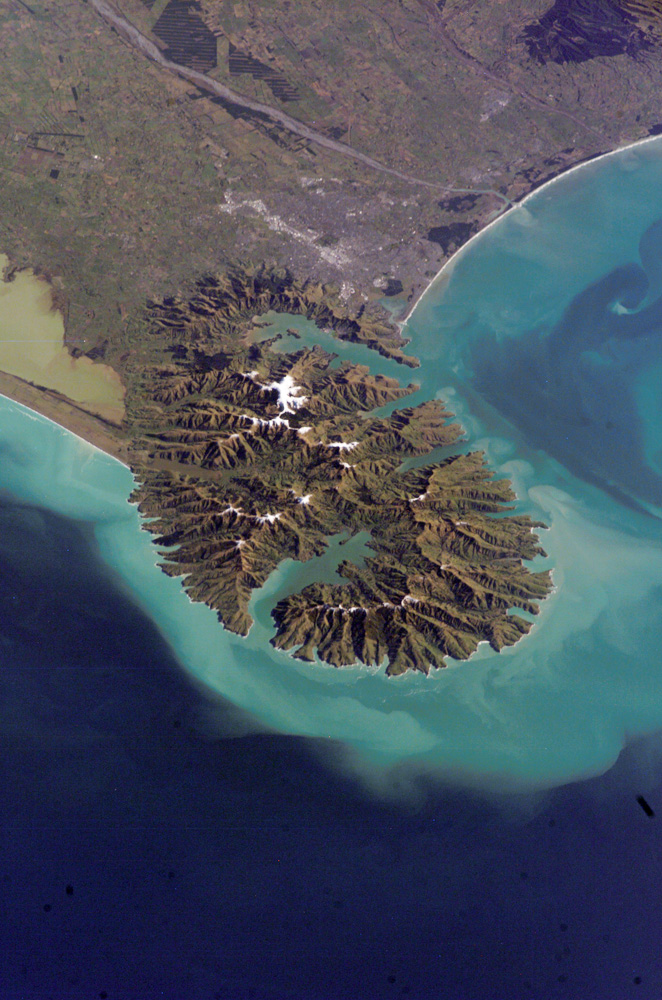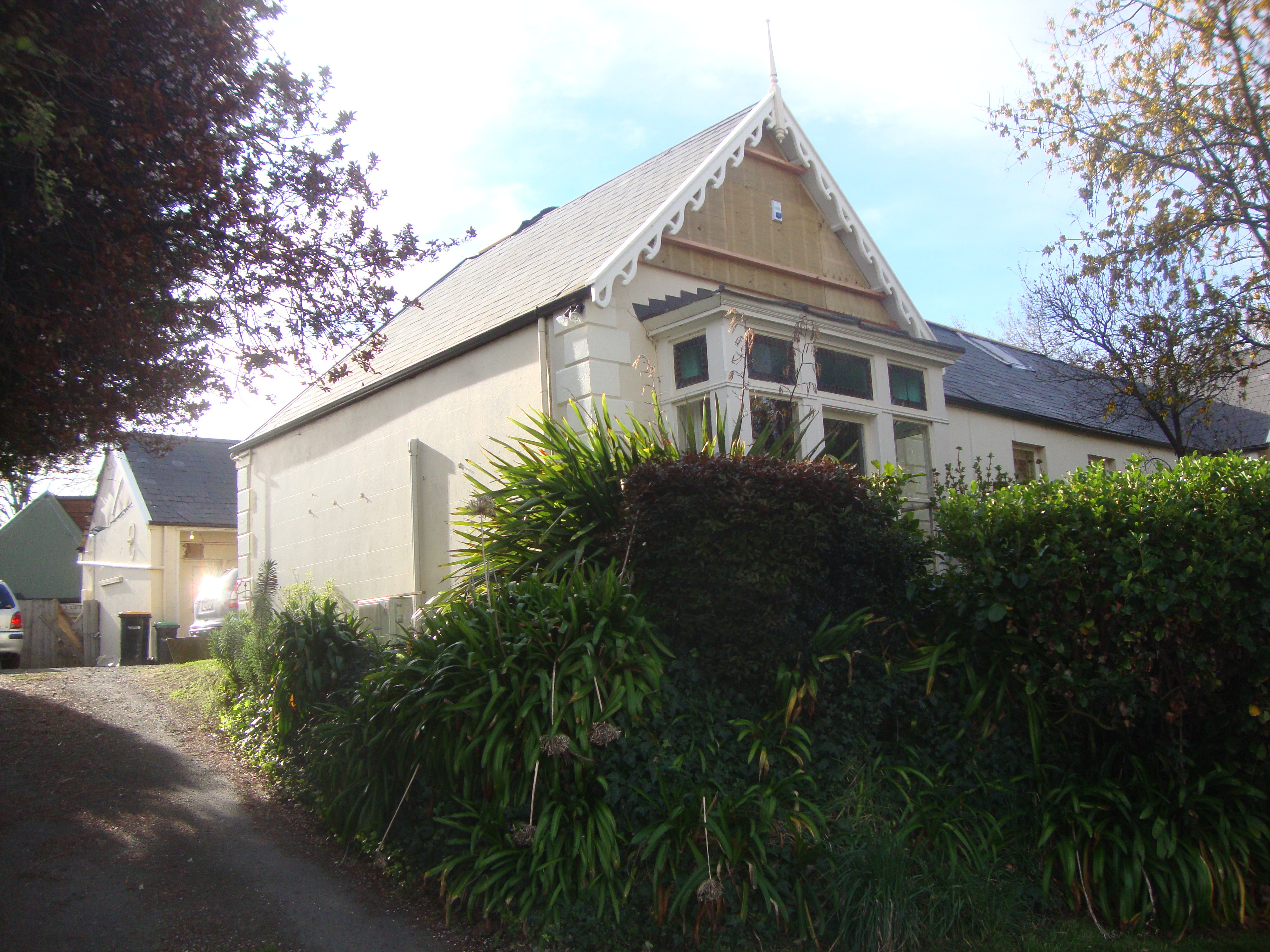Edward Richardson (Irish Politician) on:
[Wikipedia]
[Google]
[Amazon]
Edward Richardson (7 November 1831 – 26 February 1915) was a New Zealand
 ;England
Richardson was born in London in 1831. His parents were Elizabeth Sarah Miller and her husband Richard Richardson (a merchant). He attended the City of London School.
;Australia
In 1852, Richardson went to Melbourne in Australia. There, he married Margaret Higgins on 13 May 1856. They had two children before Margaret died in Melbourne in 1861. In his time in Australia, Richardson was also active in the volunteer brigade and became a captain in the horse artillery.
;New Zealand
In 1861, Richardson emigrated to New Zealand to carry out the contract of building the
;England
Richardson was born in London in 1831. His parents were Elizabeth Sarah Miller and her husband Richard Richardson (a merchant). He attended the City of London School.
;Australia
In 1852, Richardson went to Melbourne in Australia. There, he married Margaret Higgins on 13 May 1856. They had two children before Margaret died in Melbourne in 1861. In his time in Australia, Richardson was also active in the volunteer brigade and became a captain in the horse artillery.
;New Zealand
In 1861, Richardson emigrated to New Zealand to carry out the contract of building the
 ;New Zealand
The Canterbury Provincial Government had commissioned the construction of the Christchurch to Lyttelton railway and tunnel, but their first contractor (Smith & Knight) sought a significant additional payment over what had been agreed on, which the provincial government did not accept. William Moorhouse, the Superintendent (i.e. the elected head of the provincial council) at the time and proponent of the project, travelled to Melbourne to find a new contractor. Whilst the price submitted by Holmes and Richardson was the highest of three tenders, Moorhouse engaged them as he had confidence in their technical ability.
Richardson arrived in Lyttelton on the ''Prince Alfred'' in 1861 with 35 navvies and sufficient materials and equipment to begin the first stage of the railway between Christchurch and Ferrymead. During 1862, Richardson spent time in the European
;New Zealand
The Canterbury Provincial Government had commissioned the construction of the Christchurch to Lyttelton railway and tunnel, but their first contractor (Smith & Knight) sought a significant additional payment over what had been agreed on, which the provincial government did not accept. William Moorhouse, the Superintendent (i.e. the elected head of the provincial council) at the time and proponent of the project, travelled to Melbourne to find a new contractor. Whilst the price submitted by Holmes and Richardson was the highest of three tenders, Moorhouse engaged them as he had confidence in their technical ability.
Richardson arrived in Lyttelton on the ''Prince Alfred'' in 1861 with 35 navvies and sufficient materials and equipment to begin the first stage of the railway between Christchurch and Ferrymead. During 1862, Richardson spent time in the European
 Richardson bought the land around the
Richardson bought the land around the
civil
Civil may refer to:
*Civic virtue, or civility
*Civil action, or lawsuit
* Civil affairs
*Civil and political rights
*Civil disobedience
*Civil engineering
*Civil (journalism), a platform for independent journalism
*Civilian, someone not a membe ...
and mechanical engineer, and Member of Parliament. Born in England, he emigrated to Australia and continued there as a railway engineer. Having become a partner in a contracting firm, a large project caused him to move to Christchurch
Christchurch ( ; mi, Ōtautahi) is the largest city in the South Island of New Zealand and the seat of the Canterbury Region. Christchurch lies on the South Island's east coast, just north of Banks Peninsula on Pegasus Bay. The Avon River / ...
in New Zealand, in which country he lived for the rest of his life.
Early life
 ;England
Richardson was born in London in 1831. His parents were Elizabeth Sarah Miller and her husband Richard Richardson (a merchant). He attended the City of London School.
;Australia
In 1852, Richardson went to Melbourne in Australia. There, he married Margaret Higgins on 13 May 1856. They had two children before Margaret died in Melbourne in 1861. In his time in Australia, Richardson was also active in the volunteer brigade and became a captain in the horse artillery.
;New Zealand
In 1861, Richardson emigrated to New Zealand to carry out the contract of building the
;England
Richardson was born in London in 1831. His parents were Elizabeth Sarah Miller and her husband Richard Richardson (a merchant). He attended the City of London School.
;Australia
In 1852, Richardson went to Melbourne in Australia. There, he married Margaret Higgins on 13 May 1856. They had two children before Margaret died in Melbourne in 1861. In his time in Australia, Richardson was also active in the volunteer brigade and became a captain in the horse artillery.
;New Zealand
In 1861, Richardson emigrated to New Zealand to carry out the contract of building the Lyttelton Rail Tunnel
The Lyttelton Rail Tunnel, initially called the Moorhouse Tunnel, links the city of Christchurch with the port of Lyttelton in the Canterbury region of New Zealand's South Island. It is the country's oldest operational rail tunnel, and is on t ...
. He married Frances Mary Elizabeth Corke at Holy Trinity Avonside
Holy Trinity Avonside was a heritage-listed Anglican church located in Linwood, Christchurch, New Zealand. It was registered as a "Historic Place – Category I" by the New Zealand Historic Places Trust. It was "damaged beyond the point of repair ...
on 27 April 1864.
Professional career
;England Richardson trained as acivil engineer
A civil engineer is a person who practices civil engineering – the application of planning, designing, constructing, maintaining, and operating infrastructure while protecting the public and environmental health, as well as improving existing ...
and worked for the London and South Western Railway (L&SWR). He then trained as a mechanical engineer while working for the Great Southern and Western Railway
The Great Southern and Western Railway (GS&WR) was an Irish gauge () railway company in Ireland from 1844 until 1924. The GS&WR grew by building lines and making a series of takeovers, until in the late 19th and early 20th centuries it was the ...
(GS&WR) in Ireland.
;Australia
In Melbourne, he first worked for the Victorian Government in roading and bridge design, and then set up a partnership with George Holmes to perform general contracting work.
 ;New Zealand
The Canterbury Provincial Government had commissioned the construction of the Christchurch to Lyttelton railway and tunnel, but their first contractor (Smith & Knight) sought a significant additional payment over what had been agreed on, which the provincial government did not accept. William Moorhouse, the Superintendent (i.e. the elected head of the provincial council) at the time and proponent of the project, travelled to Melbourne to find a new contractor. Whilst the price submitted by Holmes and Richardson was the highest of three tenders, Moorhouse engaged them as he had confidence in their technical ability.
Richardson arrived in Lyttelton on the ''Prince Alfred'' in 1861 with 35 navvies and sufficient materials and equipment to begin the first stage of the railway between Christchurch and Ferrymead. During 1862, Richardson spent time in the European
;New Zealand
The Canterbury Provincial Government had commissioned the construction of the Christchurch to Lyttelton railway and tunnel, but their first contractor (Smith & Knight) sought a significant additional payment over what had been agreed on, which the provincial government did not accept. William Moorhouse, the Superintendent (i.e. the elected head of the provincial council) at the time and proponent of the project, travelled to Melbourne to find a new contractor. Whilst the price submitted by Holmes and Richardson was the highest of three tenders, Moorhouse engaged them as he had confidence in their technical ability.
Richardson arrived in Lyttelton on the ''Prince Alfred'' in 1861 with 35 navvies and sufficient materials and equipment to begin the first stage of the railway between Christchurch and Ferrymead. During 1862, Richardson spent time in the European Alps
The Alps () ; german: Alpen ; it, Alpi ; rm, Alps ; sl, Alpe . are the highest and most extensive mountain range system that lies entirely in Europe, stretching approximately across seven Alpine countries (from west to east): France, Sw ...
to study the latest tunnel construction techniques and equipment on the Fréjus Rail Tunnel
The Fréjus Rail Tunnel (also called Mont Cenis Tunnel) is a rail tunnel of length in the European Alps, carrying the Turin–Modane railway through Mont Cenis to an end-on connection with the Culoz–Modane railway and linking Bardonecchia in ...
project. This experience was put to good use during the tunnel construction, which was carried out through volcanic rock.
The tunnel project, completed in 1867, was one of the greatest engineering achievements in early New Zealand. It was the colony's first rail tunnel and the first tunnel in the world to be driven through the side of an extinct volcano.
Political career
Provincial Council
Richardson was elected onto the 6thCanterbury Provincial Council
The Canterbury Province was a province of New Zealand from 1853 until the abolition of provincial government in 1876. Its capital was Christchurch.
History
Canterbury was founded in December 1850 by the Canterbury Association of influential Eng ...
in May 1870 for the Town of Lyttelton electorate. He was re-elected in March 1874 for the 7th (and last) Council and held this role until the abolition of provincial government in October 1876.
Member of the lower house
Richardson and Henry Wynn-Williams stood in theChristchurch West
Christchurch West was a parliamentary electorate in the city of Christchurch, New Zealand from 1871 for the 5th Parliament, and it existed until 1875.
Population centres
The 1870 electoral redistribution was undertaken by a parliamentary select ...
electorate in the 1871
Events January–March
* January 3 – Franco-Prussian War – Battle of Bapaume: Prussians win a strategic victory.
* January 18 – Proclamation of the German Empire: The member states of the North German Confederation and the sout ...
election, obtaining 234 and 214 votes, respectively. Richardson was thus declared elected.
In the 1875
Events
January–March
* January 1 – The Midland Railway of England abolishes the Second Class passenger category, leaving First Class and Third Class. Other British railway companies follow Midland's lead during the rest of the ...
election, he contested the City of Christchurch electorate. He came second in this three-member electorate ( Edward Stevens came first, and William Moorhouse, the person who caused him to come to New Zealand, came third) and was thus returned.
He came fourth in the September 1879 election for the three-member Christchurch electorate (George Grey
Sir George Grey, KCB (14 April 1812 – 19 September 1898) was a British soldier, explorer, colonial administrator and writer. He served in a succession of governing positions: Governor of South Australia, twice Governor of New Zealand, Go ...
came first, and Samuel Paull Andrews
Samuel Paull Andrews (1836 – 18 October 1916) was a 19th-century politician in Christchurch, New Zealand. Originally from the Isle of Wight, he was the first working class man to become a Member of Parliament in his chosen country.
Early life ...
and Edward Stevens came second with equal numbers of votes, and only 23 votes ahead of Richardson). He petitioned against George Grey's return on technical grounds, as Grey had already been elected in the Thames electorate. The electoral commission unseated Grey on 24 October, with Richardson offered to fill this vacancy a few days later. Grey was allowed to keep the Thames seat and remained a member of parliament through that constituency.
The City of Christchurch electorate was abolished at the end of the 7th session of parliament, and Richardson stood in Lyttelton in the 1881 election. He was narrowly defeated by Harry Allwright
Harry Allwright (1837 – 18 July 1892) was a 19th-century Member of Parliament in Canterbury, New Zealand. A painter and glazier by trade, he came out with his parents and siblings in the '' Cressy'' in 1850, one of the First Four Ships. He took ...
, who had a majority of 11 on Richardson. Ironically, Allwright had been the chair of the 1879 electoral commission, and it had been his casting vote that unseated Grey and thus allowed Richardson back into the lower house.
Following a petition, the 1881 general election in the Stanmore electorate was declared invalid. The resulting 12 July 1882 by-election
Year 188 (CLXXXVIII) was a leap year starting on Monday of the Julian calendar. At the time, it was known in the Roman Empire as the Year of the Consulship of Fuscianus and Silanus (or, less frequently, year 941 ''Ab urbe condita''). The denomi ...
was contested by Walter Pilliet
Walter Hippolyte Pilliet JP (8 February 1840 – 7 November 1885) was a 19th-century Member of Parliament in Christchurch, New Zealand. He worked initially as a surveyor and was then resident magistrate in several places. He was a newspaper edi ...
, Richardson and William Patten Cowlishaw (a partner of Francis James Garrick
Francis James Garrick (1833 – 7 June 1890), was a barrister and politician from Christchurch, New Zealand.
Early years
Garrick was the oldest of ten children of James Francis Garrick (b. 1803 in Deptford, Kent, England; d. 1874 in Sydney) and ...
). They received 469, 345 and 244 votes, respectively. Pilliet was declared elected with a majority of 124 votes.
Richardson stood in the 6 April 1883 by-election in the Selwyn electorate, coming second.
Richardson then stood in the 16 May 1884 by-election in the Kaiapoi electorate. He was returned unopposed and re-entered parliament.
Soon after, he contested the Kaiapoi seat in the 1884 general election and was confirmed by the voters. He was re-elected in the 1887
Events
January–March
* January 11 – Louis Pasteur's anti-rabies treatment is defended in the Académie Nationale de Médecine, by Dr. Joseph Grancher.
* January 20
** The United States Senate allows the Navy to lease Pearl Har ...
general election and represented Kaiapoi until the 1890 election, when he retired from the lower house.
Minister for Public Works
In October 1872, Richardson became a member of the Waterhouse Ministry, and held the portfolio of Public Works. He retained that position in the successive Fox, Vogel, Pollen and Atkinson ministries. Poor health brought on by overwork caused him to resign his ministerial role in January 1877. As a public works expert, he was again appointed a Minister for Public Works under the Stout Vogel Government, and held the portfolio from September 1884 to October 1887. He was ranked third in cabinet below Robert Stout and Vogel. The family moved to Wellington in 1884 for this ministerial appointment.Member of the upper house
Richardson was appointed to the Legislative Council on 15 October 1892 and remained a member until 15 October 1899, when his term ended.Later life
 Richardson bought the land around the
Richardson bought the land around the Opawa
Opawa is an inner suburb of Christchurch, New Zealand, located 2.5 kilometres south-east of the city centre.
The name is a contraction of "Ōpāwaho", which, in Māori, means a place of ('ō') an outer '' pā'' or outpost ('pāwaho'). "Ōpāwa ...
railway station plus an adjacent 13 acres in 1871 and built his residence, The Hollies. It is believed that he designed the house himself, and it is broadly Australian in appearance. Stone from the tunnel project was used in the construction. Richardson was affected by the recession in the late 1880 and in 1889, the Bank of New Zealand
Bank of New Zealand (BNZ) is one of New Zealand's Big Four (banking), big four banks and has been operating in the country since the first office was opened in Auckland in October 1861 followed shortly after by the first branch in Dunedin in D ...
repossessed the house and land, and onsold it to sheep farmer John Robert Campbell. The building is registered with Heritage New Zealand, and was registered on 24 June 2005 as a Category II heritage structure with registration number 3112.
Richardson was appointed Companion of the Order of St Michael and St George
The Most Distinguished Order of Saint Michael and Saint George is a British order of chivalry founded on 28 April 1818 by George IV, George IV, Prince of Wales, while he was acting as prince regent for his father, George III, King George III.
...
(CMG) in the 1879 Birthday Honours. His second wife (Frances) died on 1 October 1913. Richardson died in Wellington on 26 February 1915, and was survived by a son from his marriage with Margaret, and four sons and two daughters from his marriage with Frances, one of whom was the artist Mollie Tripe . He was interred at Karori Cemetery
Karori Cemetery is New Zealand's second largest cemetery, located in the Wellington suburb of Karori.
History
Karori Cemetery opened in 1891 to address overcrowding at Bolton Street Cemetery.
In 1909, it received New Zealand's first cremato ...
in Wellington.
References
, - , - {{DEFAULTSORT:Richardson, Edward Members of the New Zealand Legislative Council 1831 births 1915 deaths Members of the New Zealand House of Representatives Members of the Cabinet of New Zealand Members of the Canterbury Provincial Council Australian engineers Engineers from London New Zealand Companions of the Order of St Michael and St George New Zealand people in rail transport New Zealand MPs for Christchurch electorates Unsuccessful candidates in the 1879 New Zealand general election Unsuccessful candidates in the 1881 New Zealand general election Burials at Karori Cemetery 19th-century New Zealand politicians 19th-century New Zealand engineers Lyttelton Harbour Board members